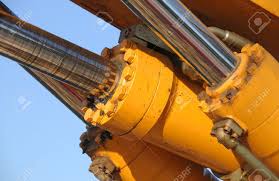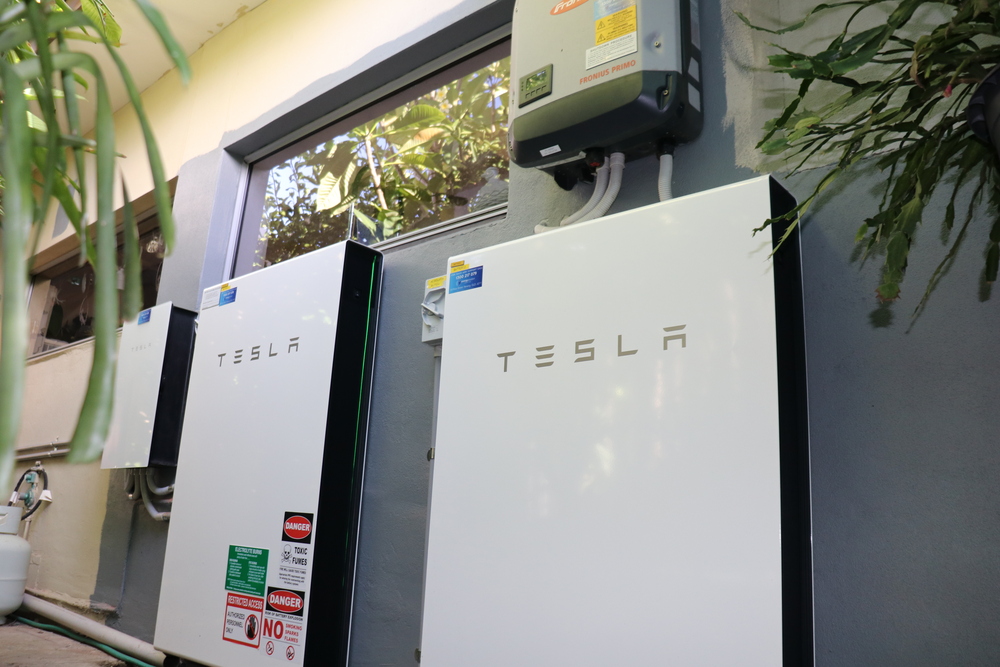Hydraulic piston seals play a critical role in the aerospace and aviation industries, where reliability, precision, and durability are paramount. These seals are essential components of various hydraulic systems found in aircraft, including landing gear, flight control systems, and braking systems. In this article, we will explore the significance of hydraulic piston seal in these applications, the challenges they face, and the advancements that have been made to ensure their performance under extreme conditions. Additionally, we will touch upon the integration of technologies such as high-speed warehouse doors in aerospace manufacturing and maintenance facilities.
Importance of Hydraulic Piston Seals in Aerospace and Aviation
Hydraulic systems are fundamental to modern aircraft, providing the necessary force and control to operate critical components. Hydraulic piston seals are crucial in maintaining the integrity of these systems by preventing fluid leakage, ensuring proper pressure is maintained, and reducing friction between moving parts. Here are some key areas where hydraulic piston seals are indispensable:
- Landing Gear Systems
The landing gear of an aircraft is one of the most critical systems, bearing the entire weight of the aircraft during takeoff, landing, and taxiing. Hydraulic piston seals in landing gear systems must withstand high pressures and dynamic loads to ensure reliable performance.
– Shock Absorption: Hydraulic piston seals help absorb the impact forces during landing, contributing to the overall safety and comfort of passengers.
– Retraction and Extension: Seals ensure smooth retraction and extension of landing gear, preventing hydraulic fluid leaks that could lead to system failure.
- Flight Control Systems
Flight control systems rely heavily on hydraulics to maneuver control surfaces such as ailerons, rudders, and elevators. Hydraulic piston seals in these systems are vital for precise control and responsiveness.
– Precision: High-quality seals ensure that hydraulic actuators respond accurately to pilot inputs, maintaining aircraft stability and control.
– Reliability: Seals prevent hydraulic fluid leaks, which could otherwise compromise the effectiveness of flight control systems.
- Braking Systems
Hydraulic braking systems in aircraft require reliable piston seals to deliver consistent braking force. These seals must endure high pressures and temperatures generated during braking.
– Safety: Effective seals ensure that hydraulic pressure is maintained, providing reliable braking performance and reducing the risk of accidents.
– Durability: Seals must withstand repeated cycles of high pressure and temperature changes without degrading, ensuring long-term reliability.
Challenges Faced by Hydraulic Piston Seals in Aerospace
Hydraulic piston seals in aerospace applications face several unique challenges due to the demanding operational environment. These challenges necessitate the use of advanced materials and designs to ensure performance and longevity.
- Extreme Temperatures
Aircraft operate in a wide range of temperatures, from the scorching heat on runways to the frigid cold at high altitudes. Hydraulic piston seals must maintain their integrity and performance across this temperature spectrum.
– Thermal Expansion: Seals must accommodate thermal expansion and contraction without losing their sealing effectiveness.
– Material Selection: Advanced materials such as PTFE, elastomers, and high-performance polymers are used to ensure seals remain flexible and resilient in extreme temperatures.
- High Pressures
Hydraulic systems in aircraft are subjected to high pressures to generate the necessary force for operation. Seals must withstand these pressures without deforming or failing.
– Pressure Resistance: Seals are designed to endure high pressures, ensuring they do not rupture or extrude under load.
– Leak Prevention: Effective sealing prevents hydraulic fluid leaks, which could lead to system failures and safety risks.
- Vibration and Mechanical Stress
Aircraft experience significant vibration and mechanical stress during flight operations. Hydraulic piston seals must be able to handle these dynamic conditions.
– Durability: Seals must resist wear and tear from constant motion and vibration, maintaining their integrity over time.
– Fatigue Resistance: Materials used in seals are selected for their ability to resist fatigue and cracking under repeated stress.
Advancements in Hydraulic Piston Seal Technology
To address the challenges faced in aerospace applications, significant advancements have been made in hydraulic piston seal technology. These innovations enhance the performance, reliability, and longevity of seals in demanding environments.
- Advanced Materials
Modern hydraulic piston seals are made from advanced materials that offer superior performance characteristics.
– Polytetrafluoroethylene (PTFE): PTFE-based seals provide excellent chemical resistance, low friction, and high temperature tolerance, making them ideal for aerospace applications.
– Elastomers: High-performance elastomers such as fluorocarbon (FKM) and hydrogenated nitrile butadiene rubber (HNBR) offer excellent temperature and chemical resistance.
- Enhanced Seal Designs
Innovative seal designs improve sealing performance and durability in hydraulic systems.
– U-Cup Seals: These seals provide a reliable sealing surface and are designed to handle high pressures and dynamic loads.
– Composite Seals: Combining different materials in a single seal can enhance performance characteristics, such as combining the flexibility of elastomers with the low friction of PTFE.
- Surface Coatings
Surface coatings on seals and piston rods can reduce friction and wear, extending the life of hydraulic piston seals.
– Diamond-Like Carbon (DLC) Coatings: DLC coatings provide a hard, wear-resistant surface with low friction, reducing wear on seals and extending their lifespan.
– Ceramic Coatings: Ceramic coatings offer excellent resistance to abrasion and corrosion, improving seal performance in harsh environments.
Integration of High-Speed Warehouse Doors in Aerospace
In addition to advancements in hydraulic piston seal technology, the aerospace industry has also seen improvements in manufacturing and maintenance facilities. High-speed warehouse doors, for example, play a crucial role in enhancing the efficiency and safety of these facilities.
- Enhanced Efficiency
High-speed warehouse doors allow for rapid access to storage and maintenance areas, reducing downtime and improving workflow.
– Fast Operation: These doors open and close quickly, allowing personnel and equipment to move in and out efficiently.
– Automated Systems: Integration with automated systems ensures smooth operation, further enhancing efficiency in aerospace facilities.
- Improved Safety
Safety is paramount in aerospace facilities, and high-speed warehouse doors contribute to a safer working environment.
– Accident Prevention: Rapid closure prevents unauthorized access and reduces the risk of accidents by keeping hazardous areas secure.
– Environmental Control: These doors help maintain controlled environments, protecting sensitive equipment and materials from contaminants.
- Energy Savings
High-speed warehouse doors also contribute to energy savings by minimizing air exchange between different areas of a facility.
– Climate Control: Maintaining a consistent temperature in storage and maintenance areas reduces energy consumption for heating and cooling.
– Insulation: High-speed doors with good insulation properties prevent heat loss, contributing to overall energy efficiency.
Conclusion
Hydraulic piston seals are indispensable components in aerospace and aviation applications, ensuring the reliability and performance of critical hydraulic systems. From landing gear and flight control systems to braking systems, these seals must withstand extreme temperatures, high pressures, and mechanical stress. Advancements in materials, seal designs, and surface coatings have significantly enhanced their performance, addressing the unique challenges of the aerospace environment.
In addition to hydraulic piston seal technology, the integration of high speed warehouse door in aerospace manufacturing and maintenance facilities has further improved efficiency, safety, and energy savings. These technological advancements contribute to the overall success and sustainability of the aerospace industry, ensuring that aircraft operate safely and efficiently in the most demanding conditions.









